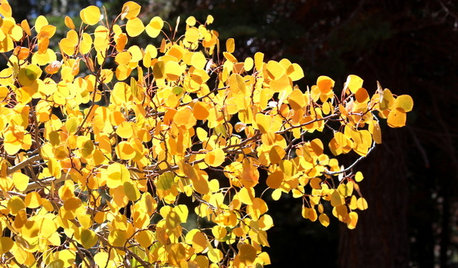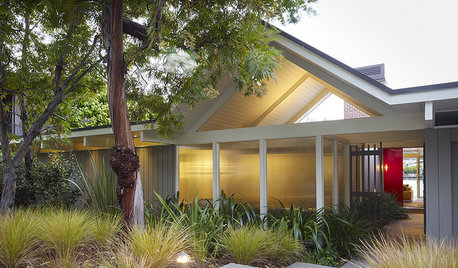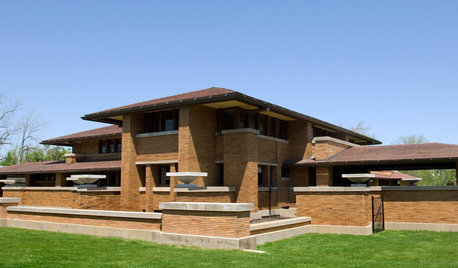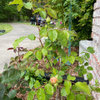Grafted vs Own Root after winter
User
14 years ago
Related Stories

EDIBLE GARDENSHow to Grow Your Own Peaches and Nectarines
Make gardening a little sweeter with these juicy fruits, which you can eat after plucking or preserve for later
Full Story
ARTThe Beauty of Bonsai — Living Art, Rooted in Harmony
Create your own emblem of nature's balance with an art form dating back 1,000 years
Full Story
EDIBLE GARDENSHow to Grow Your Own European and Asian Pears
Try these trees for their good looks, delicious fruit and wide range of sizes — plus you can espalier them
Full Story
FRUIT TREESHow to Grow Your Own Persimmons
Sturdy and easy to care for, these trees offer bright fruit through winter — and keeping them in bounds is no sweat
Full Story
LANDSCAPE DESIGNGreat Design Plant: Quaking Aspen for 3-Season Beauty — on Its Own Turf
It offers bright fall foliage, snowy winter bark and lush green leaves in summer. Just don't try to plant quaking aspen away from its home
Full Story
MODERN ARCHITECTURERoots of Style: International Style Celebrates Pure Form
Using technology and materials of the time, International style is always current. See its expression in these 16 homes around the world
Full Story
ARCHITECTURERoots of Style: Spanish Eclectic Homes Find a Place in the Sun
Flexible stucco, intricate tiles and more have kept this multicultural style going strong for a century
Full Story
ARCHITECTURERoots of Style: Many Cultures Make Their Marks on Mediterranean Design
If you live in California, Florida or certain other parts of the U.S., your architecture may show distinct cultural influences
Full Story
ARCHITECTURERoots of Style: Midcentury Styles Respond to Modern Life
See how postwar lifestyles spawned a range of styles, including minimalist traditional, ranch, split level and modern shed. What's next?
Full Story
ARCHITECTURERoots of Style: Prairie Architecture Ushers In Modern Design
Twentieth-century Midwestern architects gave us broad-shouldered homes inspired by the landscape and modern times
Full Story





diane_nj 6b/7a
karl_bapst_rosenut
Related Discussions
Own Root? Grafted? Not Grafted? Root Stock? Now W
Q
grafted vs own-root?
Q
David Austin Roses - Own Root vs. Grafted
Q
own root vs grafted
Q
greenhaven
diane_nj 6b/7a
york_rose
Maryl (Okla. Zone 7a)
catsrose
veilchen
UserOriginal Author
zack_lau z6 CT ARS Consulting Rosarian
the_morden_man
ceterum
michaelg
UserOriginal Author
york_rose
UserOriginal Author
michaelg
york_rose
UserOriginal Author
karl_bapst_rosenut
veilchen
Maryl (Okla. Zone 7a)
UserOriginal Author
blocke19
karl_bapst_rosenut
ceterum
zack_lau z6 CT ARS Consulting Rosarian
michaelg
silverkelt
michaelg